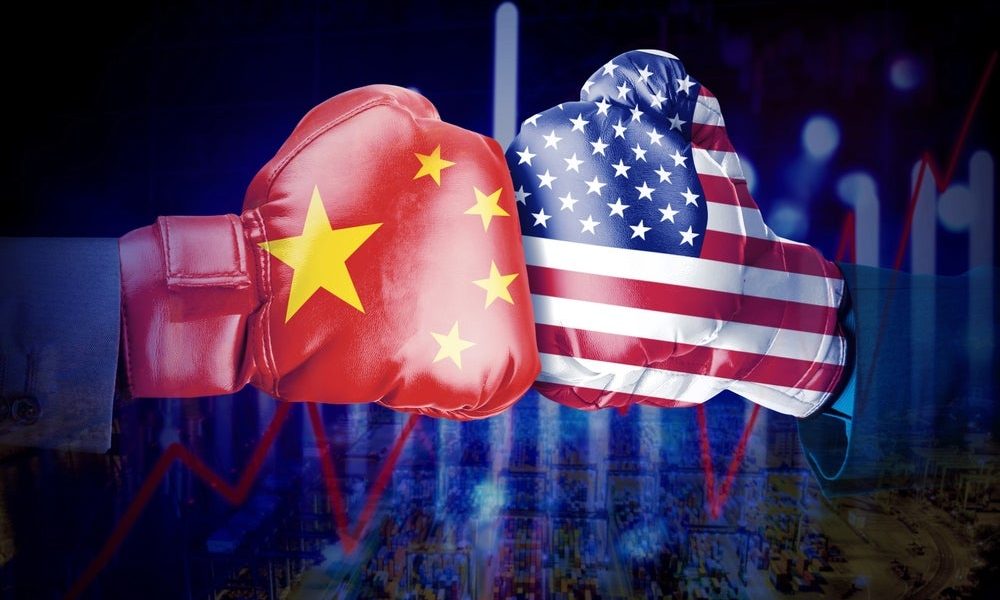For all the drama and market unrest in the wake of the Trump administration’s ‘Liberation Day’ on 2 April, many of Trump’s more severe tariff restrictions – which initially included an additional 34% charge on China on top of an extant 20% – have since been either paused, amended or rolled back, perhaps as the full implications for the global supply chain, the US’ credibility as an economic partner and domestic manufacturing became clearer. For some trade articles, the total duty could have totalled 145%. Even before the first new tariff rates rolled out, many would have been able to point out to the Trump administration that China has one distinct, powerful advantage in any trade dispute: a near-monopolistic control over the vast majority of the world’s currently accessible critical minerals. To say that these are absolutely essential to global industry, let alone just the Western aerospace and defence industries, is to still understate their importance. Without rare earth elements such as tantalum, gallium, beryllium and lithium, many of the computer, radar and optical technologies used in both civilian and military aerospace products would simply not be possible. The International Energy Agency predicts that the overall demand for minerals will grow by 30 times between 2020 and 2040. China currently possesses 70% of rare earths production, 60% of critical minerals as a whole beyond rare earths, and 90% of the processing capacity.
It is significant then, that in response to ‘Liberation Day’, China imposed new exporting restrictions on seven rare earth elements – important enough to spark near-immediate warnings from over a dozen major US defence companies, including Lockheed Martin and RTX, as well as influential policy groups such as Chatham House and Center for Strategic & International Studies (CSIS). In particular, CSIS reminded the Trump administration that this was a wholly predicable move: The CCP has made graduated use of critical minerals as a pressure point since 2010, when it first restricted their export to Japan over a fishing dispute. It is an ironic state of affairs when the US may threaten China by cutting it off from high-tech chip designs, and China can respond in kind by attacking the very same supply chain – but ultimately both depend on one another to develop the defence capabilities they need to compete with one another.
If all this was not sobering enough for the US as it considers its position in strategic competition with China, the world has just been handed another reminder of how far China’s own defence industry has come in recent years. The information environment surrounding the recent clashes over the India-Pakistan border as a result of renewed violence in the disputed Kashmir region has been murky and confused, but certain events seem undeniable: Indian fighter aircraft, including both French-supplied Rafale jets and Russian Su-30MKIs, were downed by Chinese-made Chengdu J-10 fighters, as well as the JF-17 Thunder, a collaboration between China and Pakistan. Both these aircraft were also employing PL-15 long-range guided missiles in the engagement. Since this revelation, Rafale maker Dassault has seen its shares drop by around 7% on the open of markets on Monday (19 May), whilst Chendu Aircraft Corporation, the J-10 manufacturer, saw a rise of 60%. Already, there are whispers in the industry that this has served as excellent PR for Chinese defence exports, with Egypt now pondering a J-10 order – ironically, already a user of the Rafale. Of course, there are a number of factors that could have impacted the outcome of those air battles, but the perception remains that China has demonstrated technical capabilities that rival the US’ traditional dominance, particularly in the air domain. As some states may seek non-US business as multipolarity grows, China has been given a major boost – at a time when US policy seeks to expose China as economically ‘weak’.
Starting from Wednesday (21 May) this week, China and the US have agreed to a mutual climb-down for at least another 90 days as Trump declares he has achieved a ‘reset’. US tariffs on China will accordingly rest at 30% for now, and a 10% Chinese duty on US goods in turn. At this point, it should be noted that huge uncertainty remains; the EU Chamber of Commerce in China still reports a sense of unease, and the Chinese Communist Party (CCP) remains on hand to lend financial support to struggling exporters. However, Trump was undoubtedly influenced by the eruption of disquiet from the US business community, with some of the most outspoken coming from the air and space industries. Outside of a vague statement on stockpiling critical minerals obtained from deep-sea mining, Trump did not have much to say about rare earth elements between Liberation Day and the climb-down now. Given their absolutely centrality to any chosen economic or military strategy, readers should pay close attention to the ongoing negotiations as they pertain to critical minerals – and should not be surprised if they turn out to have been a key factor in US decision-making, as MP Materials, the only all-US miner of some of these materials, says China’s restrictions have permanently ‘changed the psychology’ of US companies.
Navigate the shifting tariff landscape with real-time data and market-leading analysis. Request a free demo of GlobalData’s Strategic Intelligence here.
